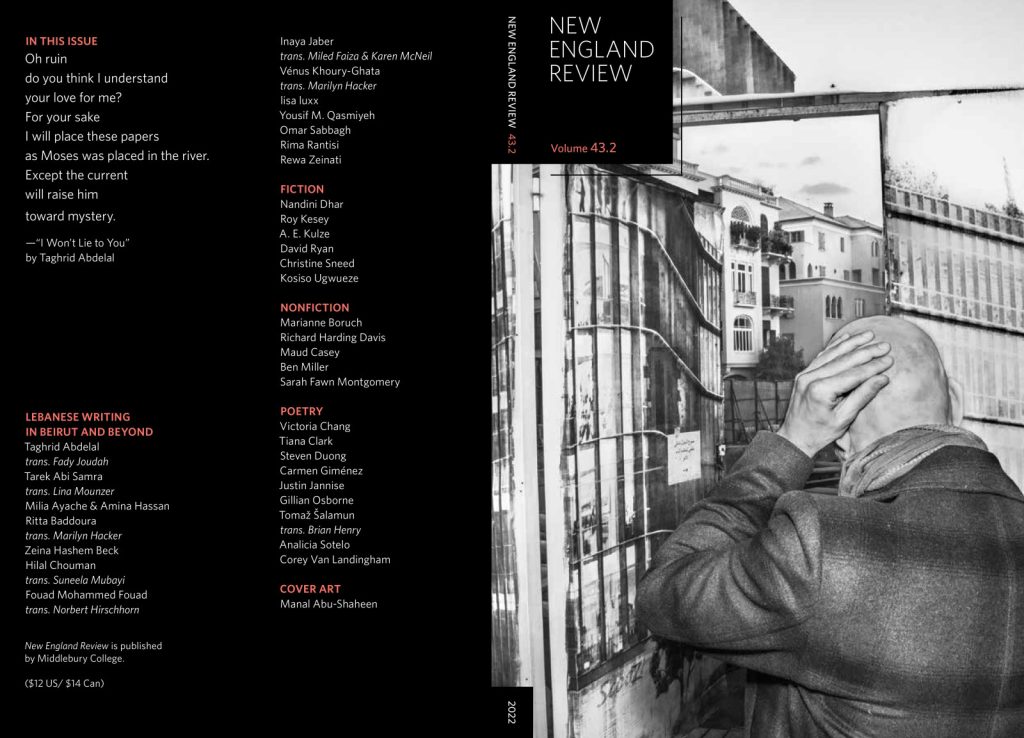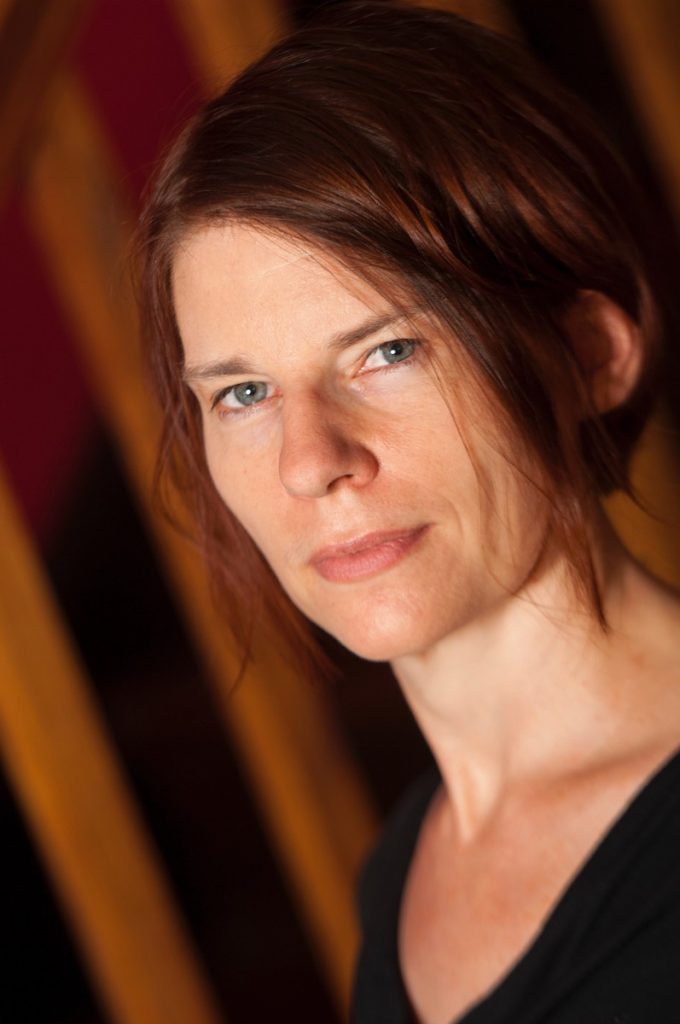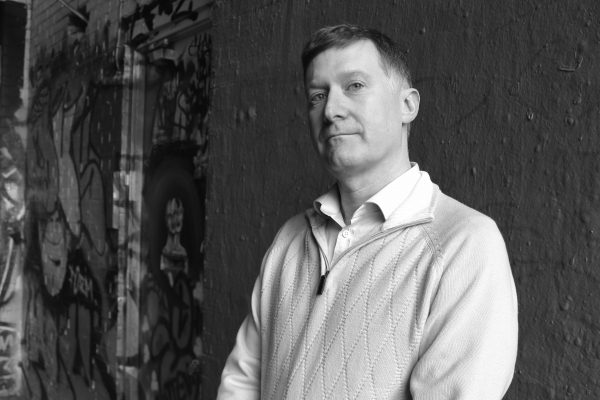
J. M. Tyree
Join us on February 29 at 8:00 p.m. ET on Zoom for an informal reading and conversation celebrating outgoing nonfiction & drama editor J. M. Tyree’s contributions to New England Review.
Featuring Maud Casey, Jung Hae Chae, May-lee Chai, Susan Daitch, Sean Hill, Skip Horack, Kate Lebo, and Ben Miller.
To RSVP and receive your private Zoom link, click here.

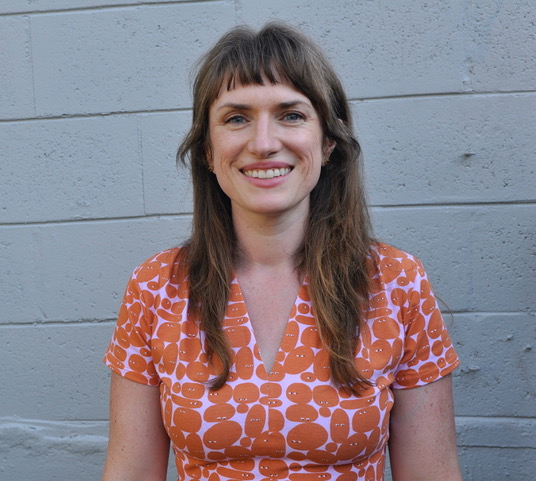
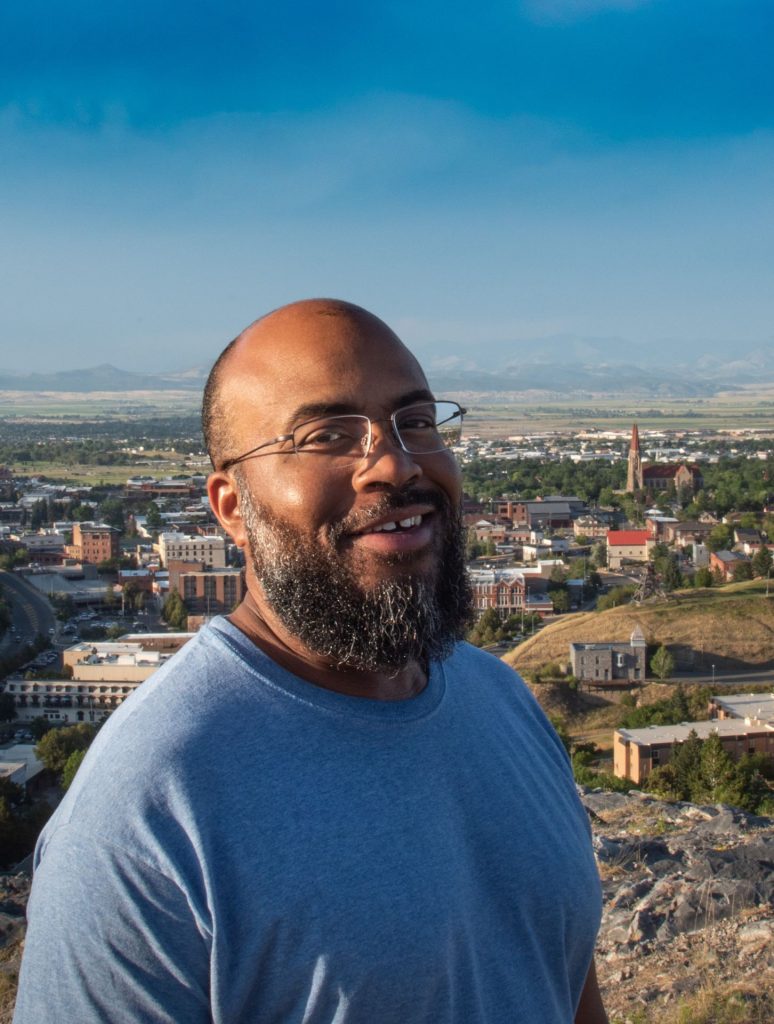
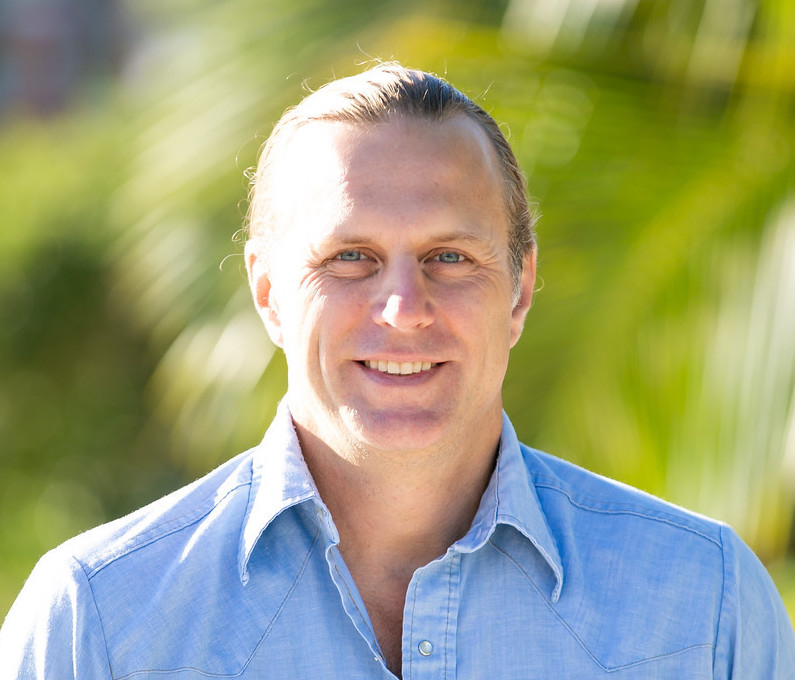
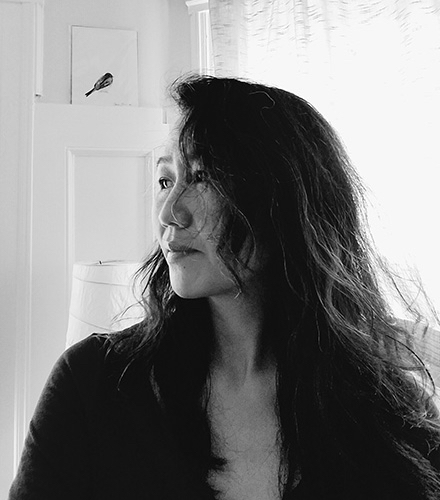
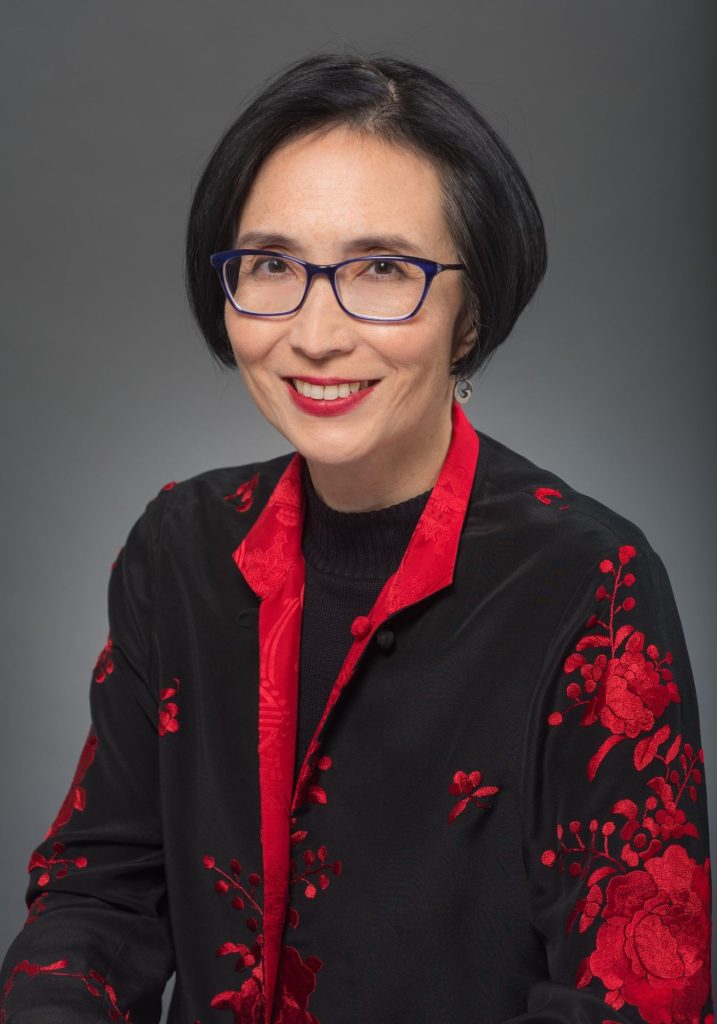
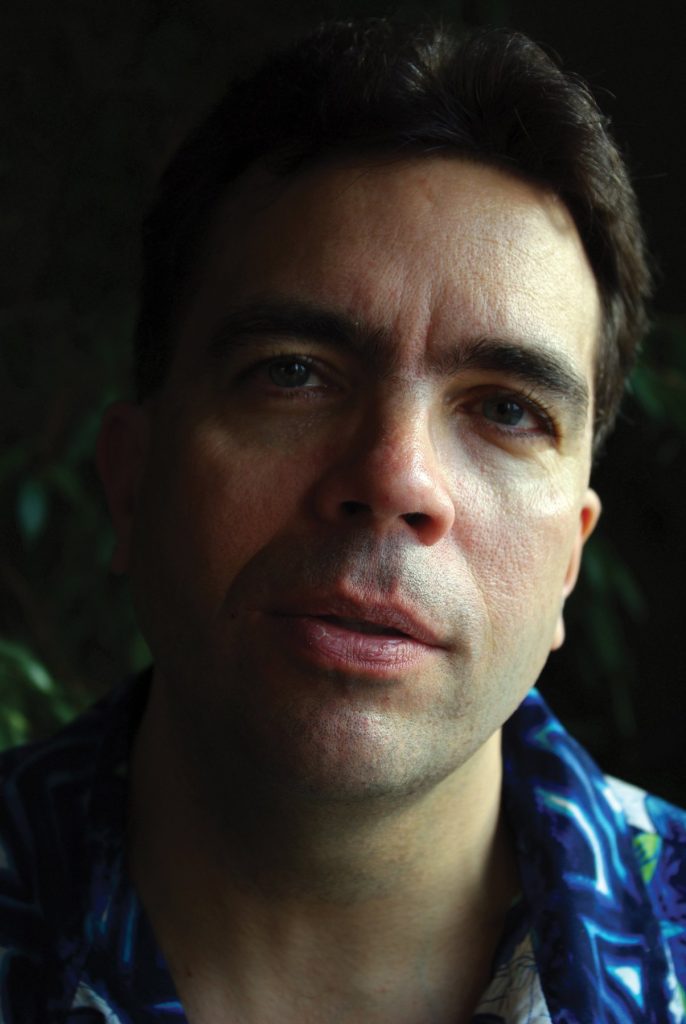
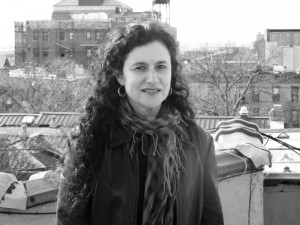
L to R: Maud Casey, Kate Lebo, Sean Hill, Skip Horack, Jung Hae Chae, May-lee Chai, Ben Miller, & Susan Daitch
Maud Casey is the author of five books of fiction, most recently City of Incurable Women (Bellevue Literary Press, 2022), and a book of nonfiction, The Art of Mystery: The Search for Questions (Graywolf, 2018). She is the recipient of the Italo Calvino Prize, the St. Francis College Literary Prize, and a Guggenheim Fellowship. She teaches at the University of Maryland and lives in Washington, DC.
Kate Lebo‘s first essay collection, The Book of Difficult Fruit (FSG), won the 2022 Washington State Book Award. She is also the author of the cookbook Pie School (Sasquatch Books), the poetry chapbook Seven Prayers to Cathy McMorris Rodgers (Entre Rios Books), and co-editor with Samuel Ligon of Pie & Whiskey: Writers Under the Influence of Butter and Booze (Sasquatch Books). Her essay about listening through hearing loss, “The Loudproof Room,” originally published in New England Review, was anthologized in Best American Essays. She lives in Spokane, Washington, where she is an apprentice cheesemaker to Lora Lea Misterly of Quillisascut Farm.
Sean Hill is the author of two poetry collections, Dangerous Goods (Milkweed Editions, 2014), and Blood Ties & Brown Liquor (UGA Press, 2008). Hill has received numerous awards, including fellowships from the Cave Canem Foundation, Stanford University, and the National Endowment for the Arts. Hill’s poems and essays have appeared in numerous journals including Callaloo, New England Review, Orion, and Poetry, and in over two dozen anthologies. A volume of selected poems has been translated and published in Korean under the title Crush. Hill teaches in the MFA Program at the University of Montana.
Skip Horack is the author of the story collection The Southern Cross, winner of the Bread Loaf Writers’ Conference Bakeless Fiction Prize; and the novel The Eden Hunter, a New York Times Book Review Editors’ Choice. His second novel, The Other Joseph, was published in 2015, and his work has appeared in Amazon Original Stories, Oxford American, the Saturday Evening Post, Narrative Magazine, the New England Review, and elsewhere. Horack directs the Creative Writing Program at Florida State University, and is a former Wallace Stegner Fellow and Jones Lecturer at Stanford University.
Jung Hae Chae is the author of the forthcoming memoir-in-essays, POJANGMACHA PEOPLE (Graywolf Press, 2025), winner of the 2022 Graywolf Press Nonfiction Prize. Previously, individual essays from that collection have won the 2021 Crazyhorse Prize in Nonfiction and the 2019 Emerging Writers Contest in Nonfiction from Ploughshares. Her writing has been supported by the New Jersey State Council on the Arts, the Mid-Atlantic Arts Foundation, Bread Loaf Writers Conference, Sewanee Writers Conference, among others, and can be found in AGNI, Guernica, New England Review, Ploughshares, swamp pink (formerly Crazyhorse), 2019 Pushcart Prize collection, and the Best American Essays 2022, and elsewhere.
May-lee Chai is the author of 11 books of fiction, nonfiction, and translation, including her latest short story collection, Tomorrow in Shanghai, which was a New York Times’ Editor’s Choice and longlisted for The Story Prize. Her previous collection, Useful Phrases for Immigrants, won an American Book Award. Her writing has been awarded a National Endowment for the Arts fellowship, Asian/Pacific American Award for Literature, named a Kiriyama Prize Notable Book, and recipient of an honorable mention for the Gustavus Myers Center for the Study of Bigotry and Human Rights Book Awards. Her short prose has appeared widely, including in New England Review, New York Times Book Review, Seventeen, Missouri Review, Paris Review Online, Kenyon Review Online, Los Angeles Times, Best Small Fictions anthology, and has been cited as Notable in two editions of the Best American Essays anthology. She is a board member of the NBCC.
Ben Miller is an essayist, fiction writer, and the creator of hybrid works that combine visuals and text. His next book is the forthcoming Pandemonium Logs: Sioux Falls, South Dakota 2020-2022 (Skiff Books, a new imprint of Rutgers University Press). He is also the author of River Bend Chronicle: The Junkification of a Boyhood Idyll Amid the Curious Glory of Urban Iowa (Lookout Books, an imprint of University of North Carolina Press). His writing has appeared in Best American Essays, Best American Experimental Writing, Kenyon Review, Raritan, One Story, New England Review, Yale Review, AGNI, Southern Review, Fiction International, The Georgia Review, Inscription, and other venues. His awards include creative writing fellowships from the National Endowment for the Arts and the Radcliffe Institute for Advanced Study at Harvard University, as well as grants from the South Dakota Arts Council and the Schlesinger Library on the History of Women in America.
Susan Daitch is the author of six novels and a collection of short stories. Her short fiction and essays have appeared in Guernica, Black Clock, Slice, Tablet, Tin House, McSweeney’s, Bomb, Conjunctions, The Norton Anthology of Postmodern American Fiction, and elsewhere. She has been the recipient of a New York Foundation for the Arts Fellowship in Fiction, two Vogelstein fellowships, and two Pushcart Prize nominations. Her most recent novel, Siege of Comedians, was listed as one of the Best Books of 2021 by the Wall Street Journal. Her essay, “One Year,” first published in NER was a listed as a Notable in the Best American Essays 2022. Into Your Life It Will Creep, a collection of short stories, and The Eugenicist, a novel will be published in 2025.
